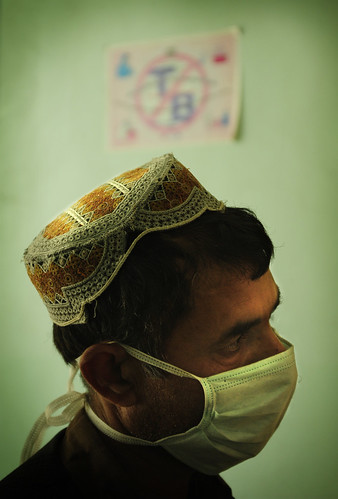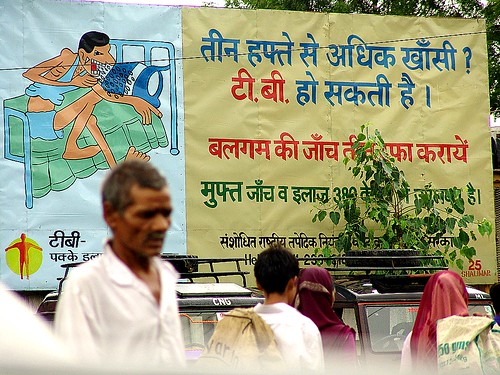
Last year, my husband and I decided to organize our charitable giving. Instead of making haphazard choices all along, we now give a set percentage of our income at the end of every year. Any smaller donations through the year don’t count toward that amount. That means that I can give to my friends’ pet causes without guilt or doing tons of research – it doesn’t take away from the real charitable giving.
This year, we’re giving to fight drug resistant tuberculosis. I think it’s one of the biggest threats to global health, and we’re really at a point now where investment can avert a disaster. We haven’t chosen our recipient yet; we’re just starting our research and I could use some help. Here’s who we’re looking at:
Partners in Health was one of the first organizations to recognize the threat of MDR TB and look for ways to stop it. Giving to them would be support for patient care.
PATH is doing a whole range of anti-TB activities, and I like their focus on health systems and service integration.
The Stop TB partnership is the big global group that provides grants, works on policy, and does advocacy work on TB issues. It’s closely connected to the WHO. Giving to them would address everything at once, but we’d also be funding (admittedly possibly important) bureaucracy.
MSF – Doctors without Borders – was also quick to recognize the threat of MDR TB, and they ran some of the first MDR TB programs in the former USSR. They explicitly don’t do development work, though, and I worry about how that philosophy fits with the need to integrate TB care into overall health services.
The TB Alliance supports science and research for better TB care and treatment. So giving to them would help stop TB at its source. On the other hand, they seem to be pretty well funded already.
We could chose a small NGO project on TB from Global Giving, and totally make their day.
Finally, we could go one level up and give to the Alliance for the Prudent Use of Antibiotics. They support research and policy on antibiotics in general, not just for TB.
I’m starting my research now – everything I outlined in this old blog post, plus talking to TB experts I know and people who work for the NGOs I’ve mentioned. I tell everyone that the commenters on this blog are way smarter than me, though, and I’d love your input. Who should we give to? Why? Am I missing any good organizations? Would you argue for something other than TB?

